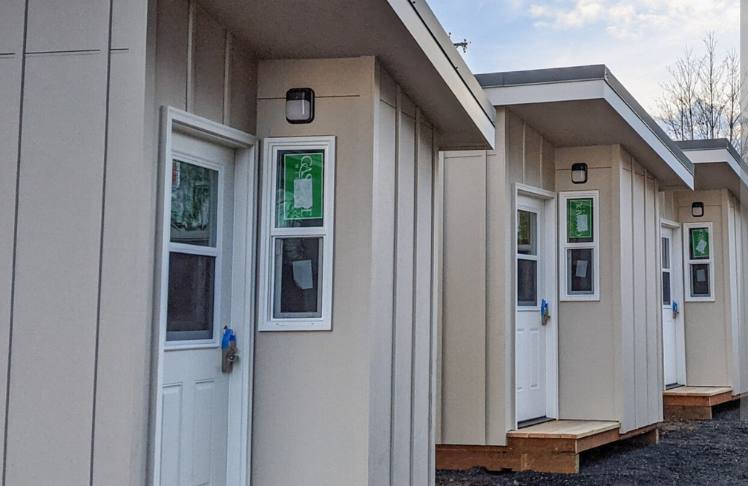
Residents in Washington County are not happy with homeless shelters in their backyard. They are saying that local leaders are overlooking their concerns. At rcent meetings, the residents have expressed that they do not have any input. They say that the officials had approved projects before formally notifying them. Portland officials have noted the difficulty of finding suitable sites.
Governments throughout Oregon looking to reduce the number of homeless people living on downtown streets, in public parks and in residential neighborhoods. Homelessness us a big issue in the Portland region. The year 2020 is when it spiked due to the COVID-19 pandemic when the U.S. Centers for Disease Control and Prevention recommended social distancing. That move reduced shelter capacity and advised governments not to clear outdoor encampments to slow the spread of the virus.
In the media there is a letter that give an idea of how one if the residents feel. At the online meeting on June 28 about the Cornelius project a letter stated, “The city of Cornelius does not have the resources or infrastructure to address the needs of the general population, much less the health and safety needs of the group that will be housed in the temporary shelter.”
Not all felt the same. Some neighbors at the recent meetings supported the shelters. But, local residents in Portland have accused local leaders of ignoringthem as well.This is happening while Portland officials are opening a series of Safe Rest Villages and larger managed homeless camps in various locations. Portland and Washington County officials both approved the locations. This was done before formally contacting the neighbors.
Washington County Community Engagement Coordinator Emily Roots said officials understand the concerns of neighbors but are authorized by the County Commission to move forward on any suitable sites because they are so limited.
“Finding available land for shelter is tremendously difficult. Our process is not to pick and choose between several available sites because there aren’t enough available options to choose from. Instead, staff move forward with all sites that meet our needs and feasibility constraints, particularly in areas with limited shelter capacity.” Roots said.















